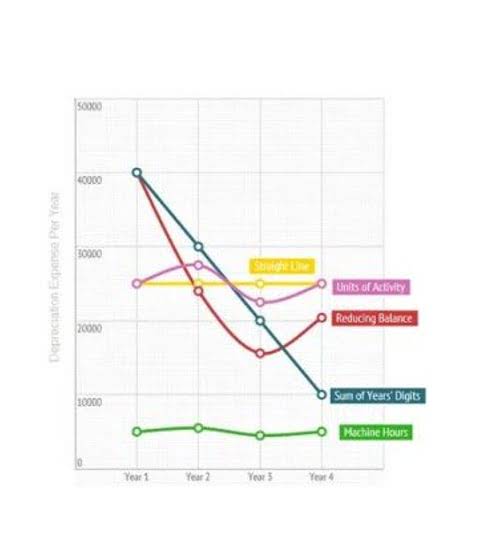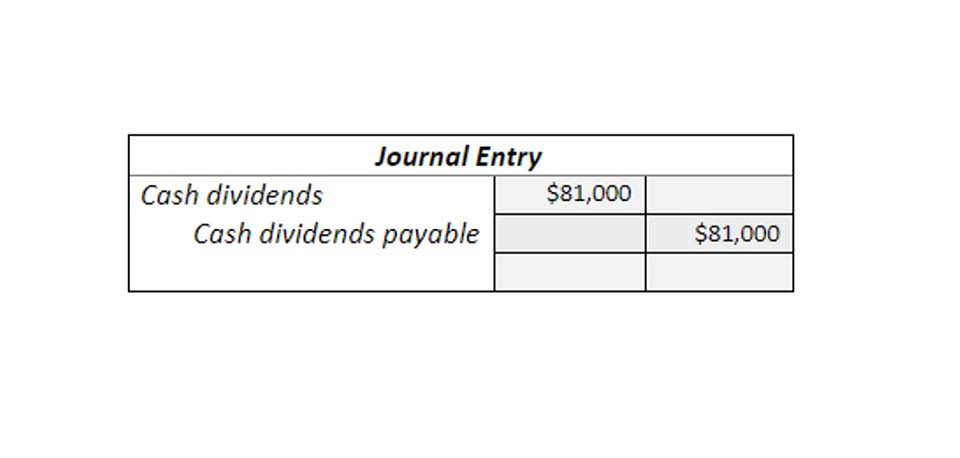
The payment of dividends is reflected in the calculation of retained earnings, as it represents a distribution of profits to shareholders rather than reinvestment in the business. When a company experiences higher net income, more money is allocated to retained earnings after accounting for debt reduction, business investments, and dividend payments. Conversely, lower net income or losses can lead to a decrease in retained earnings. The big difference between the two figures is that while net income looks at revenue minus operating expenses, retained earnings further deducts dividend payouts from NI. Both can help form an overall view of the profitability and risk of a company. As a result, additional paid-in capital is the amount of equity available to fund growth.
Therefore, while the scope of revenue is more narrow, the impact to retained earnings is much more far-reaching. If you are looking for business https://www.bookstime.com/ growth, then it is necessary to understand financial health. It is directly linked to the evaluation of the company’s stock value.
Why should businesses calculate retained earnings?
This statement is a vital indicator of a business’s overall financial standing. A high retained amount typically illustrates a company is in good financial health, while long-term negative amounts could be a sign of financial statement of retained earnings example distress. It also displays all dividends- cash and stock- that have been given to shareholders per accounting period. A balance sheet is a snapshot in time, illustrating the current financial position of the business.
- It is calculated over a period of time (usually a couple of years) and assesses the change in stock price against the net earnings retained by the company.
- Read on to learn about what they are, how to calculate them, prepare a retained earnings statement, and more.
- Retained earnings is the amount left over after subtracting dividends paid out to shareholders.
- For smaller companies, this may be as easy as calculating the number of products sold by the sales price.
- Both net income and earnings are often referred to as a company’s bottom line because it’s the profit left over after every cost has been deducted and as a result, sits at the bottom of the income statement.
- Net income goes on the income statement and retained earnings usually go on a balance sheet in the shareholders’ equity section.
As an investor, one would like to know much more—such as the returns that the retained earnings have generated and if they were better than any alternative investments. Additionally, investors may prefer to see larger dividends rather than significant annual increases to retained earnings. If a company sells a product to a customer and the customer goes bankrupt, the company technically still reports that sale as revenue. Therefore, revenue is only useful in determining cash flow when considering the company’s ability to turnover its inventory and collect its receivables.
Statement of Retained Earnings
Earnings typically refer to after-tax net income, sometimes known as the bottom line or a company’s profits. Earnings are the main determinant of a company’s share price because earnings and the circumstances relating to them can indicate whether the business will be profitable and successful in the long run. Because net income and retained earnings give you a picture of your company’s cash flow, they are important to track. If the company had not retained this money and instead taken an interest-bearing loan, the value generated would have been less due to the outgoing interest payment. RE offers internally generated capital to finance projects, allowing for efficient value creation by profitable companies.

For example, startups might post them more often, because they hold crucial information for lenders and investors. For example, Apple Inc.’s 2019 balance sheet from Q3 shows that the company recorded retained earnings of $53.724 billion by the end of June 2019. The decision to retain the earnings or to distribute them among shareholders is usually left to the company management. However, it can be challenged by the shareholders through a majority vote because they are the real owners of the company. A company may have a higher net income in proportion to its expenses. In this case, you would see that the business is profitable and likely very financially healthy and stable.
Profits vs. Earnings: What’s the Difference?
Earnings and net income can include income that’s not a direct result of the sale of goods and services, which can include proceeds from the sale of an asset or division, and interest gains on investments. For some businesses—such as those with seasonal revenue fluctuations—this is normal. Similarly, the iPhone maker, whose fiscal year ends in September, had $70.4 billion in retained earnings as of September 2018. We take monthly bookkeeping off your plate and deliver you your financial statements by the 15th or 20th of each month. Gross income, as we mentioned, is income earned after you deduct the cost of production from your revenue. Essentially, it is how much you make through the operation of your business.
